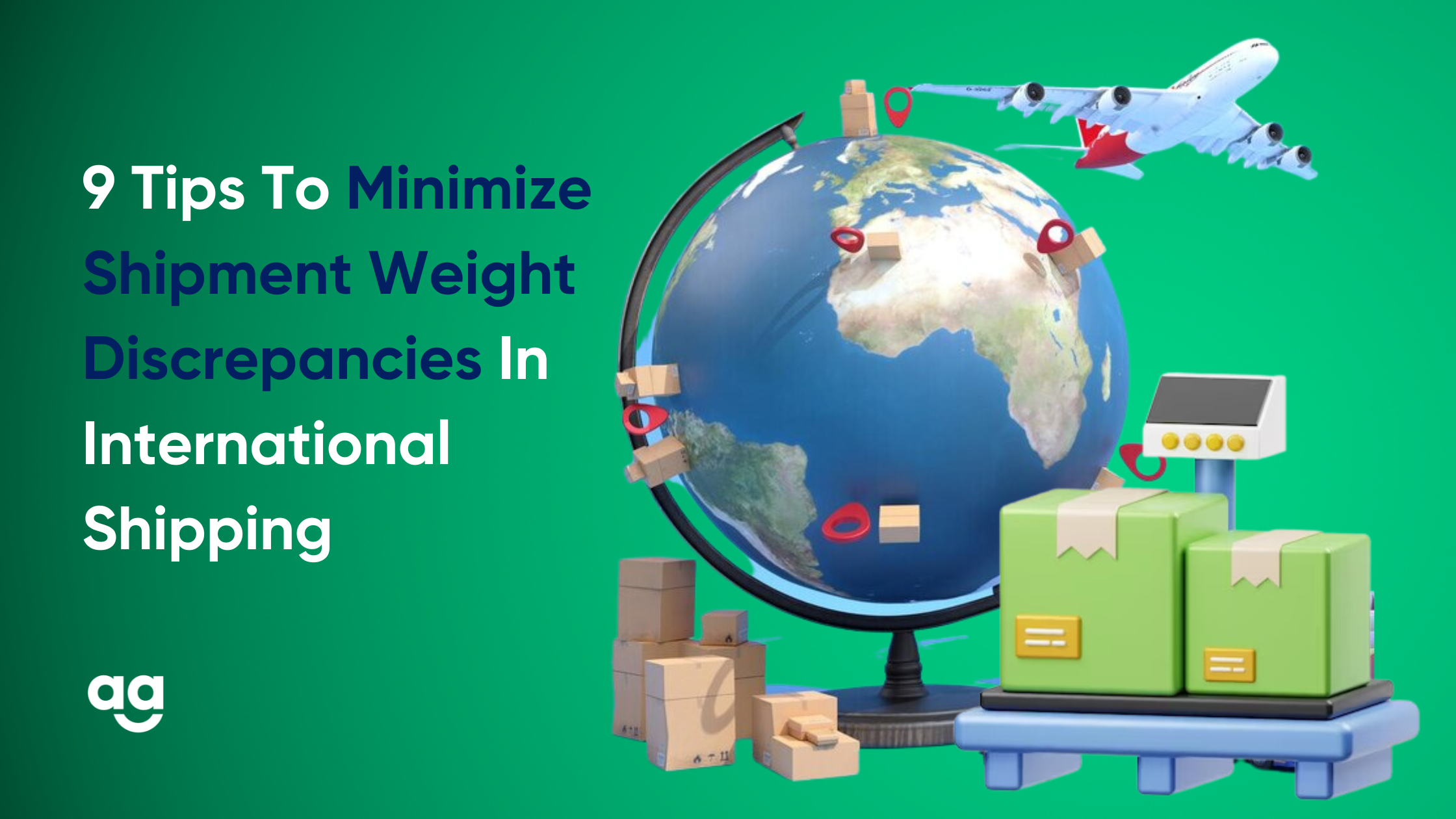Introduction
In international shipping, accurate measurement of shipment weight is crucial for various reasons, including compliance with regulations, determining shipping costs, and ensuring safe transportation. However, weight discrepancies between the declared weight and the actual weight of a shipment can lead to delays, additional charges, and potential legal issues.
To minimize shipment weight discrepancies and streamline the shipping process, here are some essential tips to follow.
Understanding Weight Discrepancies in International Shipping
Weight discrepancies occur when there is a difference between the declared weight of a shipment and its actual weight. Several factors can contribute to these discrepancies. They include errors in measurement, packaging materials, documentation inaccuracies, and deliberate attempts to misrepresent the weight for cost-saving purposes.
Impact of Weight Discrepancies
Weight discrepancies can have various consequences, such as:
Financial Implications
Inaccurate weight information can lead to unexpected charges, such as additional handling fees or re-weighing fees imposed by shipping carriers. Moreover, incorrect weight calculation affects the accuracy of freight quotes, potentially resulting in overpayment or disputes over shipping costs.
Legal Compliance
Many countries have regulations in place to ensure accurate weight reporting. Failure to comply with these regulations can result in penalties, delays, or even the seizure of the shipment.
Operational Delays
Weight discrepancies may lead to delays in customs clearance, as authorities may require re-weighing or additional documentation to verify the shipment’s weight. Such delays can disrupt supply chains and impact customer satisfaction.
9 Tips to Minimize Weight Discrepancies
Tip 1: Invest in Calibrated Weighing Equipment
Ensure you have reliable, calibrated weighing scales suitable for the weight range of your shipments. Regularly check and calibrate the scales to maintain accuracy.
Accurate measurement at the point of origin is crucial to minimize weight discrepancies.
Tip 2: Account for Packaging Materials
Consider the weight of packaging materials when calculating the total weight of your shipment. This includes pallets, crates, boxes, and any other materials used to secure and protect the goods.
Accurately factor in the weight of packaging to avoid discrepancies between the declared weight and the actual weight.
Tip 3: Double-Check Documentation
Pay close attention to the accuracy of shipping documents, including the commercial invoice, packing list, and bill of lading. Ensure that the declared weight matches the actual weight of the goods being shipped.
Verify the information provided by suppliers and cross-reference it with your own measurements.
Tip 4: Optimize Packaging
Optimize your packaging strategy to strike a balance between protection and weight. Use appropriate packaging materials that provide sufficient safety for your goods while minimizing unnecessary weight.
Avoid excessive packaging that adds unnecessary bulk to the shipment and potentially leads to weight discrepancies.
Tip 5: Collaborate with Reliable Partners
Work with experienced freight forwarders and shipping carriers who have a track record of accurate weight reporting and transparent operations. Collaborating with reliable partners can ensure adherence to regulations, accurate weight measurements, and smooth customs documentation handling.
Tip 6: Conduct Random Weight Audits
Implement a system of random weight audits to ensure ongoing accuracy in weight reporting.
Periodically select shipments for re-weighing to verify that the declared weight matches the actual weight. This practice helps identify any potential discrepancies and allows you to address them promptly.
Tip 7: Educate and Train Staff
Provide comprehensive training to your staff involved in the shipping process. Ensure they understand the importance of accurate weight reporting and are familiar with the proper procedures for weighing and documenting shipments. Regularly update them on any changes in regulations or best practices to maintain consistency.
Tip 8: Utilize Weight Verification Services
Consider using weight verification services offered by reputable third-party providers. These services involve an independent party verifying the weight of your shipment to ensure accuracy and compliance. Weight verification certificates can add an extra layer of trust and documentation for your shipments.
Tip 9: Maintain Open Communication
Foster open and transparent communication with your suppliers, freight forwarders, and shipping carriers. Establish clear lines of communication to address any concerns or discrepancies promptly.
By maintaining good communication, you can resolve issues proactively and minimize the impact of weight discrepancies on your shipments.
Key Takeaways
Minimizing weight discrepancies in international shipping is crucial for smooth operations, cost efficiency, and compliance with regulations. By implementing the tips outlined in this blog, businesses can significantly reduce the risk of weight discrepancies and their associated consequences.
Accurate weight reporting not only avoids financial implications and legal compliance issues but also fosters trust and reliability among all stakeholders involved in the shipping process. By following these best practices, businesses can streamline their international shipping operations, improve supply chain efficiency, and enhance customer satisfaction.
Remember, accurate weight reporting is not just a matter of compliance; it is an investment in the success and reliability of your international shipments. By prioritizing accuracy and implementing these tips, businesses can minimize weight discrepancies, reduce costs, and enhance their reputation as trusted partners in the global trade landscape.







 Shipping
Shipping







